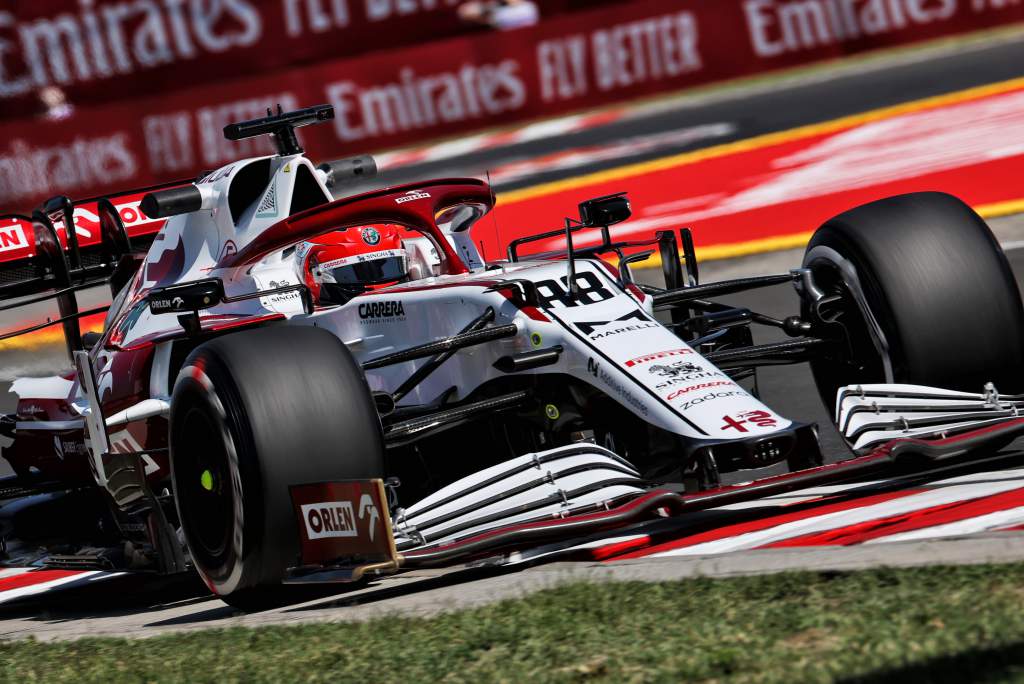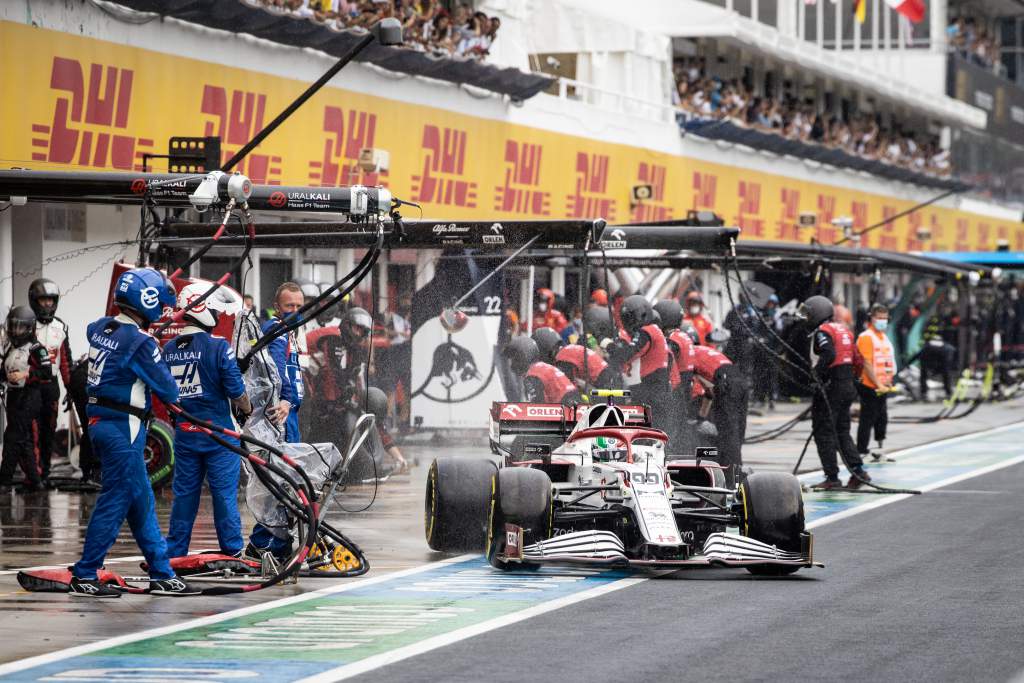Up Next

The Alfa Romeo Formula 1 team is close to being able to use its driver-in-loop simulator “intensively” after spending the first half of the season developing it following earlier delays.
The Sauber-run team acquired its simulator equipment in 2019, but the impact of the COVID-19 pandemic meant that it lost an estimated three-to-four months of working on the correlation required to make it a useful tool for car development and set-up work.
At the start of the season, Alfa Romeo technical director Jan Monchaux said that the simulator was not yet ready to be used actively as a development tool, with the focus on continuing to work on correlation.

This process has been assisted by third driver Robert Kubica’s outings in Friday practice in Spain, Styria and Hungary, with a significant part of his job to focus on enhancing the correlation.
As a result of the work done by the team, Monchaux believes it can now start to build up the use of its simulator either to support the second half of the 2021 season or for its 2022 car development.
“Clearly, COVID last year was quite penalising for the original development plan,” Monchaux told The Race. “We put in place a dedicated, high-priority taskforce on the simulator and we are getting there.
“The drivers are fairly happy now with the level of correlation and the ability of the simulator to be a valuable tool and we will certainly start [using it] intensively, even if it’s just shadowing at the beginning to make it a little bit easier to support the rest of the season, or to also use it to help us and guide us a little bit in some decisions we need to do for 2022.”
Having the simulator up and running and to a level that means it’s set to start making a positive contribution after the August break is crucial given Alfa Romeo has lagged behind on simulator technology, partly thanks to financial problems that struck the team prior to its sale to Longbow Finance in July 2016.
But significant work has been done to improve the correlation between what the behaviour of the simulator and the car in reality, Monchaux stressed that this is an ongoing process.

“The simulator is like the windtunnel, you never stop working on it,” said Monchaux.
“Correlation can always be better, so it is OK up until you are being proven wrong and you see a correlation issue.
“But this we will only see it if we start using it actively. So we are close to being at the point where it is going to be an additional important asset, which evidently the team has lacked the last few years compared to the competition.
“Every team has its own simulator, or is using a decent facility from a partner team, so we were clearly a step behind.
“But I am quite confident we are about to close.”
The simulator project is just one of a series of improvements that have been made to the team under the new ownership.
Monchaux is hopeful that this means the team is in a good position to take a step forward under F1’s new regulations in 2022.
“We are in a decent position because we have the tools we have the financial backing, we have the people, we have the organisation in place to at least not hide behind any of these topics specific if it goes not according to plan next year,” said Monchaux.
“It will be down to us and the team engineers. It means we will not have done a better job than most of our competitors.”





